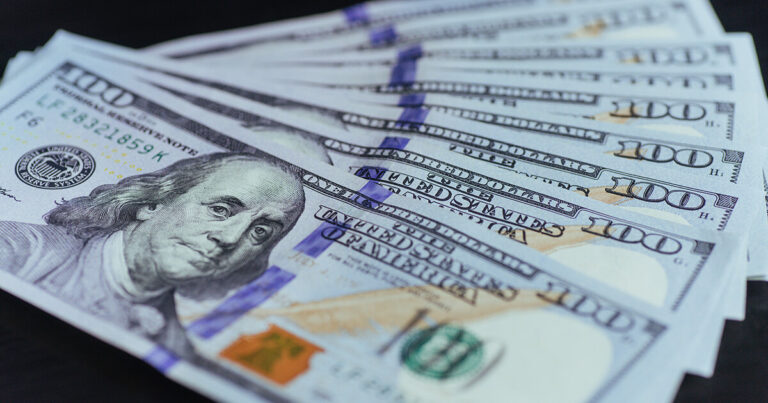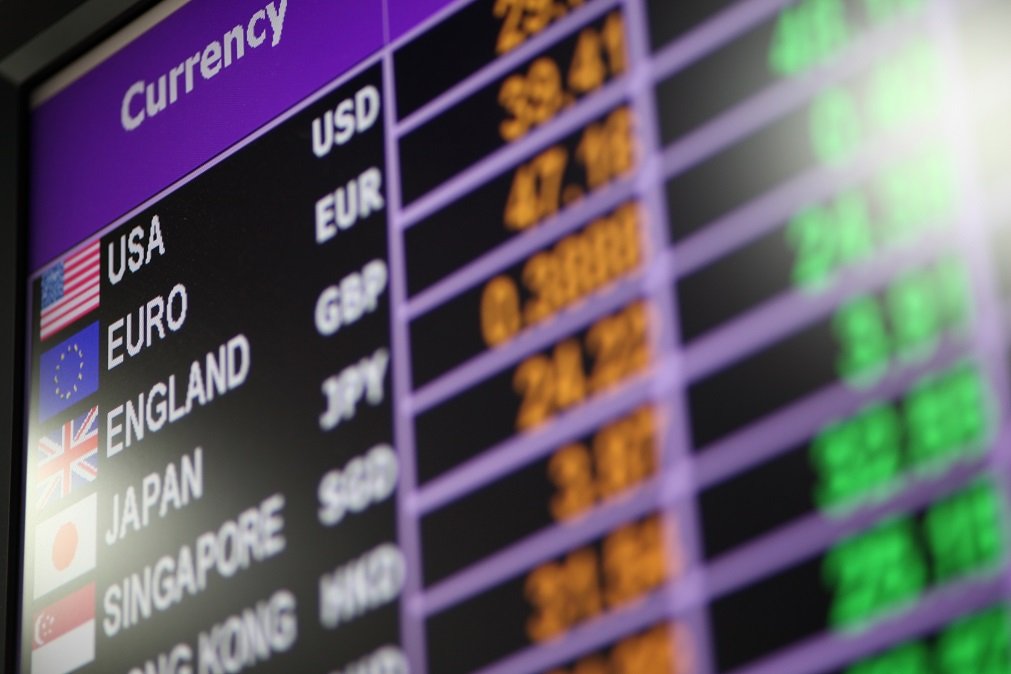
It was a mixed bag of currency rate trends in the week as forex traders focused on central banks highlights and the coronavirus delta variant concern.
The market kicked off with negative forex vibes on the coronavirus pandemic concerns and insufficient economic data. But from Wednesday, the vibes shifted positively after financial updates suggested that the global recovery is still on track.
The kiwi took the top spot at the end of the week, likely on positive forex market sentiments and economic updates. Meanwhile, the euro and Swiss franc settled at the bottom, weighed by Europe’s poor economic recovery pace.
The Fundamentals That Drove Currency Rate Trends

The Coronavirus Pandemic
The Spread of Delta Variant continues at an alarming rate across the globe. In the Europe, US, and Asia regions, the pandemic has led to a surge in hospitalization and deaths. As the health experts struggle to control the infection, global economic recovery efforts are under intense pressure. As a result, many countries reverted to full or partial lockdown measures.
The G7 nations adopted restriction measures, including the introduction of green pass for the inoculated individuals. Citizens without the green pass find their places-to-visit list rapidly diminishing. Without the green pass, they are barred from accessing restaurants, theaters, and other public places.
The delta variant fears resulted in negative sentiments in the forex market, prompting financial traders to rewind bets on a robust economic recovery. The fears uplifted the US dollar against the other safe-haven currencies and the riskier assets.
Economic Data
The economic performance of a country has a direct impact on the performance of its currencies. But for the week, the g7 nations posted scarce financial data that could not outweigh the adverse effects of the coronavirus pandemic.
International Crude Oil Price Forecast
Despite negative sentiments in the week, the bulls took charge of the international crude oil price forecast. The crude oil started the week on a high note but closed down by 7.67% to trade at below $70 per barrel on demand worries.
G7 Economic Review and Performance
Table: g7 performance summary
| currency pair | 31st July 2021 | 6th August 2021 | average | percentage change | remarks |
| USD | 92.065 | 92.800 | 92.296 | 0.664 | Increase |
| GBPUSD | 1.3881 | 1.3871 | 1.3896 | 0.2158 | Drop |
| EURUSD | 1.1867 | 1.1760 | 1.1831 | 0.9267 | Drop |
| USDCHF | 0.9054 | 0.9144 | 0.9075 | 0.9940 | Increase |
| USDJPY | 109.28 | 110.25 | 100.56 | 0.50 | Increase |
| USDCAD | 1.2509 | 1.2552 | 1.2528 | 0.6576 | Increase |
| AUDUSD | 0.7360 | 0.7353 | 0.7378 | 0.1226 | Drop |
| NZDUSD | 0.6968 | 0.7008 | 0.7018 | 0.4876 | Increase |
USD
Dollar rally propelled by robust nonfarm payroll numbers ended the week on a positive note. As a result, the greenback gained 0.68% to 92.800 for the week ending 6th August. In the preceding week, the greenback had depreciated by 0.79%.
Data from the labor market and private sector PMI were highlights of the week. Early in the week, mixed economic data drove the dollar’s strong performance. While the Non-Manufacturing index spiked from 60.1 to 64.1, the ISM Manufacturing index sank from 60.6 to 59.6,
The considerable surge in the index of non-manufacturing caught the attention of the FED, raising the possibility they might act soon. But mid-week, the jobs report dampened the dollar’s surge. ADP reported that nonfarm payrolls surged by 330k, well below the 715k increase that was forecast.
The Labor Department released figures showing that weekly claims slid to 385K from 399K in the week. Despite this, the biggest news of this week was Friday’s nonfarm payroll numbers.
ACCORDING TO THE BUREAU OF LABOR STATISTICS, US employment expanded by 943k in July, after nonfarm payrolls climbed by 938k previously. The rapid growth overshadowed the economist’s projection of 870K new jobs.
Following the substantial growth, the jobless pace declined to 5.4% from 5.9%.
European Majors

GBP USD Rate Forecast
During the week, the British Pound fell by 0.23% to 1.3872 after rising by 1.13% to 1.3904 the previous week. There weren’t much economic data released in the week, leaving the gbp usd rate forecast to the private sector data and BoE monetary decision.
In July, manufacturing and service sector figures revealed softer growth in the private sector. Despite the negative trend in the services sector, there was a positive update in the manufacturing industry. During July, the services index ticked up to 59.6, an uptick from 57.8 in prelim data.
Nevertheless, the monetary policy decision by the BoE had greater significance in the pound’s currency rate trends for the week. As expected, the BoE’s policy remained unchanged, without pushback from the critics. Despite hinting at tightening in the coming months, the BoE failed to reach 1.40 levels for the pound.
EUR USD Price Forecast
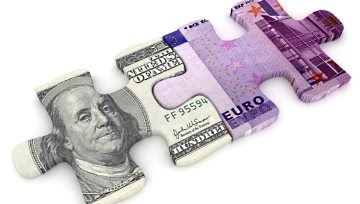
In the week ended 6th August, the euro dropped by 0.91% to 1.1762. This was after increasing by 0.84% in the week before. For the week, private sector data and Germany GDP dominated eur usd price forecast.
While the week’s private sector figures were mixed, the Eurozone’s composite index shot up to 60.2, the highest reading in 15 years. This was, however, a drop from a preliminary 60.6%. In a related development, non-survey statistics from Germany boosted the euro’s currency rate trends for the week.
Germany topped the eurozone bloc PMI table as a result of its PMI figures for the private sector. Monthly retail sales were up 4.2% in June, and factory orders spiked by 4.1%. Despite this, there has been a decrease of 1.3% in industrial production in June.
Economic forecasters expected a 0.5% rise even though factory orders fell by 0.8% in May. The Bulletin of the European Central Bank also caught the attention of forex traders. In its Bulletin, the ECB addressed two issues.
First, we should expect a robust economic recovery in the Eurozone. Next, a downside risk associated with a Delta variant. Further, the ECB reiterated its commitment to monetary policy.
Swiss Franc Versus US Dollar
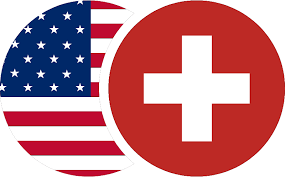
Swiss franc suffered heavily in the week, losing 0.9940% to close at 0.9144 against the dollar. Switzerland had no other economic data to influence the Swiss franc versus US dollar currency rate trends except for consumer sentiments figures.
As expected, its yearly consumer price index improved slightly by 0.7% after a previous 0.6% jump. But monthly, the consumer price index fell by 0.1% following a similar margin increase in the previous month.
Canadian Dollar News
In light of economic calendar events, Canada had a fairly busy week. Manufacturing and trade statistics hit Canadian dollar news headlines ahead of Friday’s labour market and Ivey index numbers.
It was a mixed bag of statistics. Although the growth in Canada’s manufacturing sector slowed, its trade position increased from a deficit of C$ 1.58bilion to a surplus of C$ 3.23billion.
Canada’s employment figures also bolstered its currency as the country added 94K job positions in July after adding 230.7K in June. This led to a decrease in unemployment to 7.5% from 7.8%.
As a result of the manufacturing index dropping, the Ivey index fell to 56.4 from 71.9. For the week, the Canadian dollar shed 0.63% to 1.2554. A week earlier, it had grown by 0.71% to 1.2475.
Asia Pacific G7 Currencies

While the Kiwi and Aussie Dollars enjoyed a strong week, the Japanese had a terrible time.
AUDUSD News
The Australian dollar gained 0.16% to settle at 0.7356 on the back of encouraging economic data. Manufacturing sector data started the week on the wrong foot for the Australian dollar. In the month, the industrial index plunged to 60.8 from 63.2.
Similarly, housing data fell short of expectations. Permits for new buildings decreased by 6.7%, while home loans fell by 2.5%. Consumer spending did not fare better either, with retail spending going down 1.8%, as expected.
However, in the previous month, sales had advanced slightly by 0.4%. Despite this, trade data supported the Aussies currency rate trends as Australia’s surplus rose from $9.681 billion to $10.496 billion in June.
In addition, exports advanced more rapidly in July, contributing to the increase. In addition to the economic data audusd news, the RBA also influenced the market at the beginning of the week.
First, the Reserve Bank of Australia held the same monetary policy as anticipated. And then rate Statement did not provide any significant surprises to offer Australian Dollar direction, as well, the Reserve Bank of Australia presented its quarterly update for the monetary policy on Friday.
Even though the RBA acknowledged that the economy has more quickly recovered than expected, it noted that recent outbreaks of the Delta variant are interfering with the rebound.
The report states that immediate prospects are unclear and dependent on how the health crisis plays out. Moreover, the Reserve Bank of Australia predicted a contraction of the economy in the third quarter.
It also predicted an increase in unemployment for some time due to lockdown measures.
USD To NZD Trend
New Zealand had no economic update besides employment numbers to guide the usd to nzd trend. However, according to International currency rate trends, the Kiwi Dollar ended the week up by 0.52% to 0.7010.
New Zealand’s employment numbers gained 1% in Q2 of this year. In response to this increase, New Zealand’s unemployment rate dropped to 4% from 4.7%. Traders anticipated that the central bank would raise interest rates in two weeks, which boosted the kiwi dollar.
US Dollar To Yen Forecast
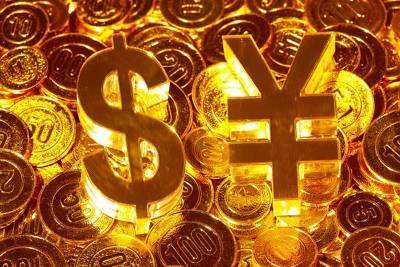
The Yen lost 0.48% against the American dollar to close at 110.25 after spiking by 0.75% in the previous week. During the week, Japan’s economic calendar was relatively quiet, so attention turned to the July PMIs.
Even so, a few upward revisions to preliminary numbers had little impact on the US dollar to yen forecast. In July, Manufacturing improved to 54.0 from 52.2, while Services fell to 47.4 from 48.0.
Conclusion

The US dollar was back on the throne as the safe-haven currency during increased negative forex vibes. Even so, contrary to negative currency rate trends in negative forex sentiments, the New Zealand dollar traded in the green while the other riskier assets played in the red zone.
Overall, the New Zealand dollar was the week’s top performer, while the safe-haven currencies led by the swiss franc took the bottom slot.
Related: News Impact Forex from 7th Aug to 13th Aug 2021



